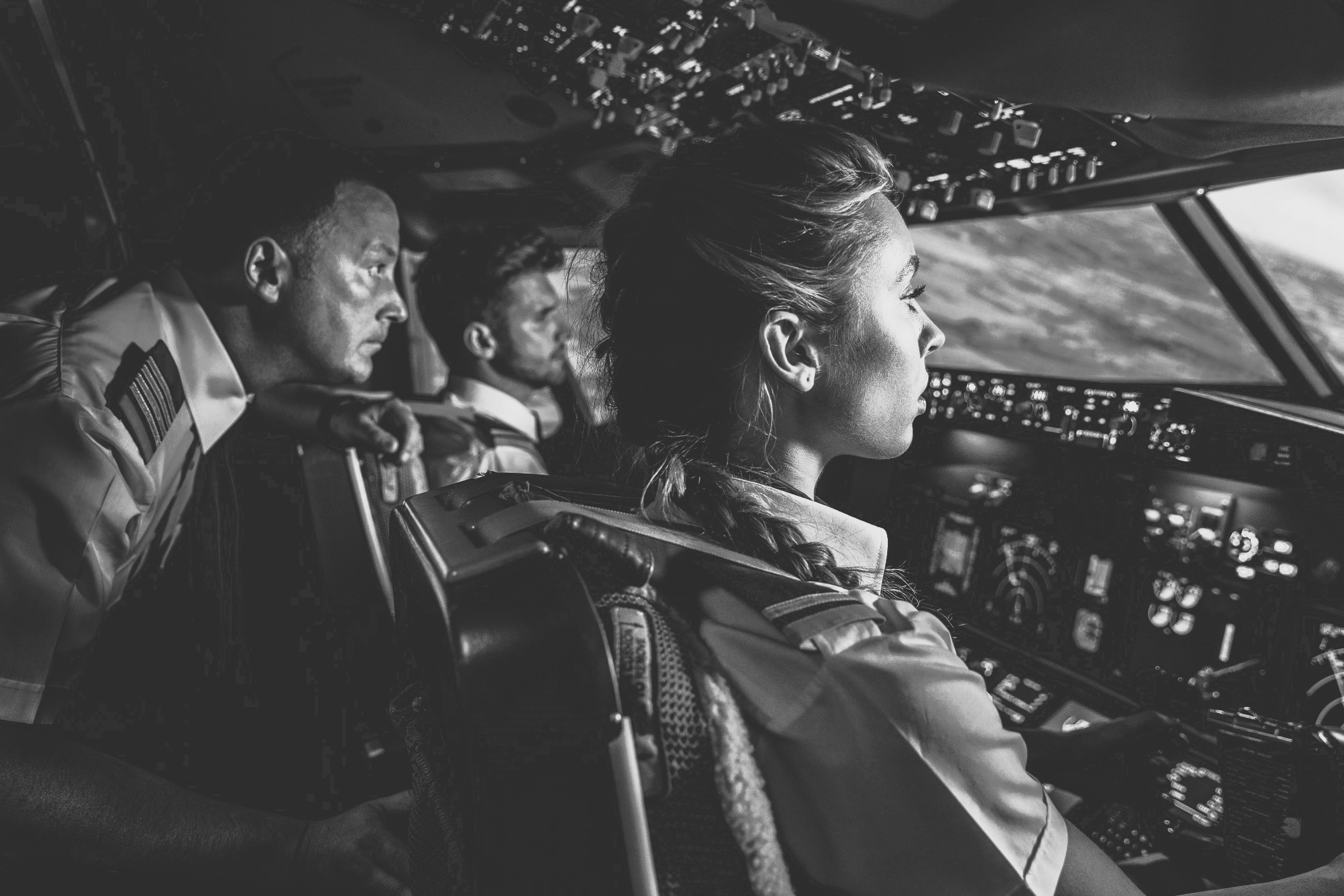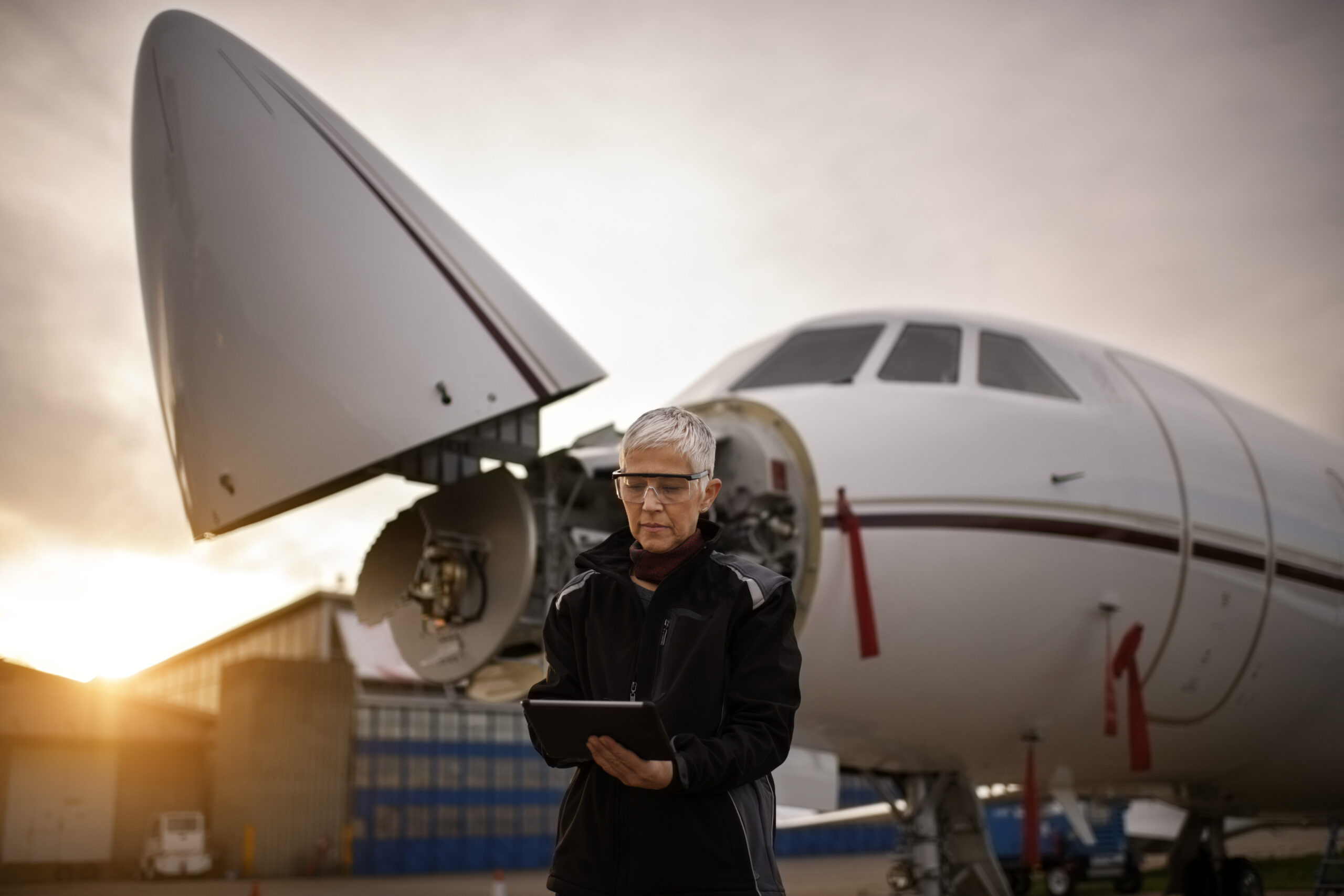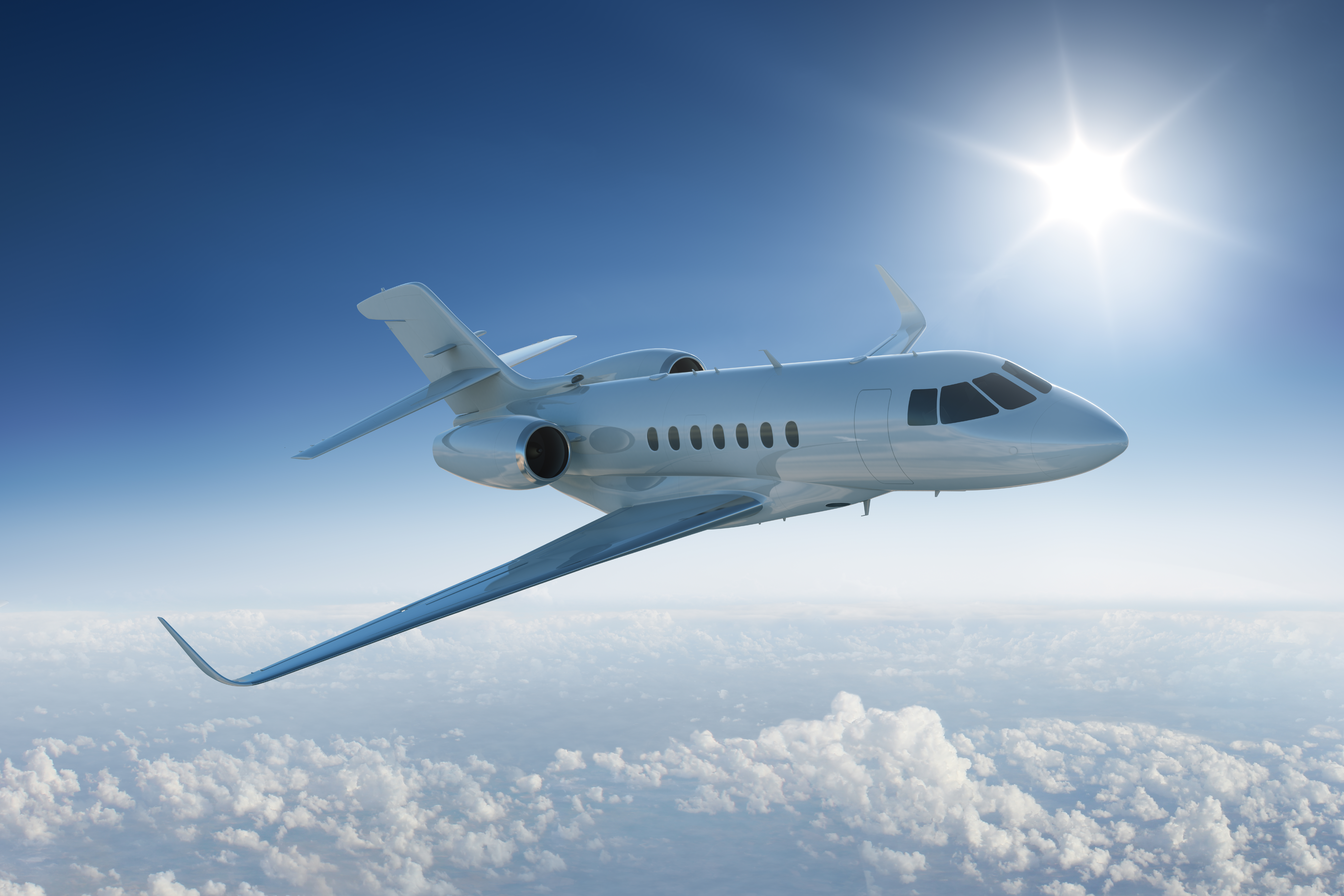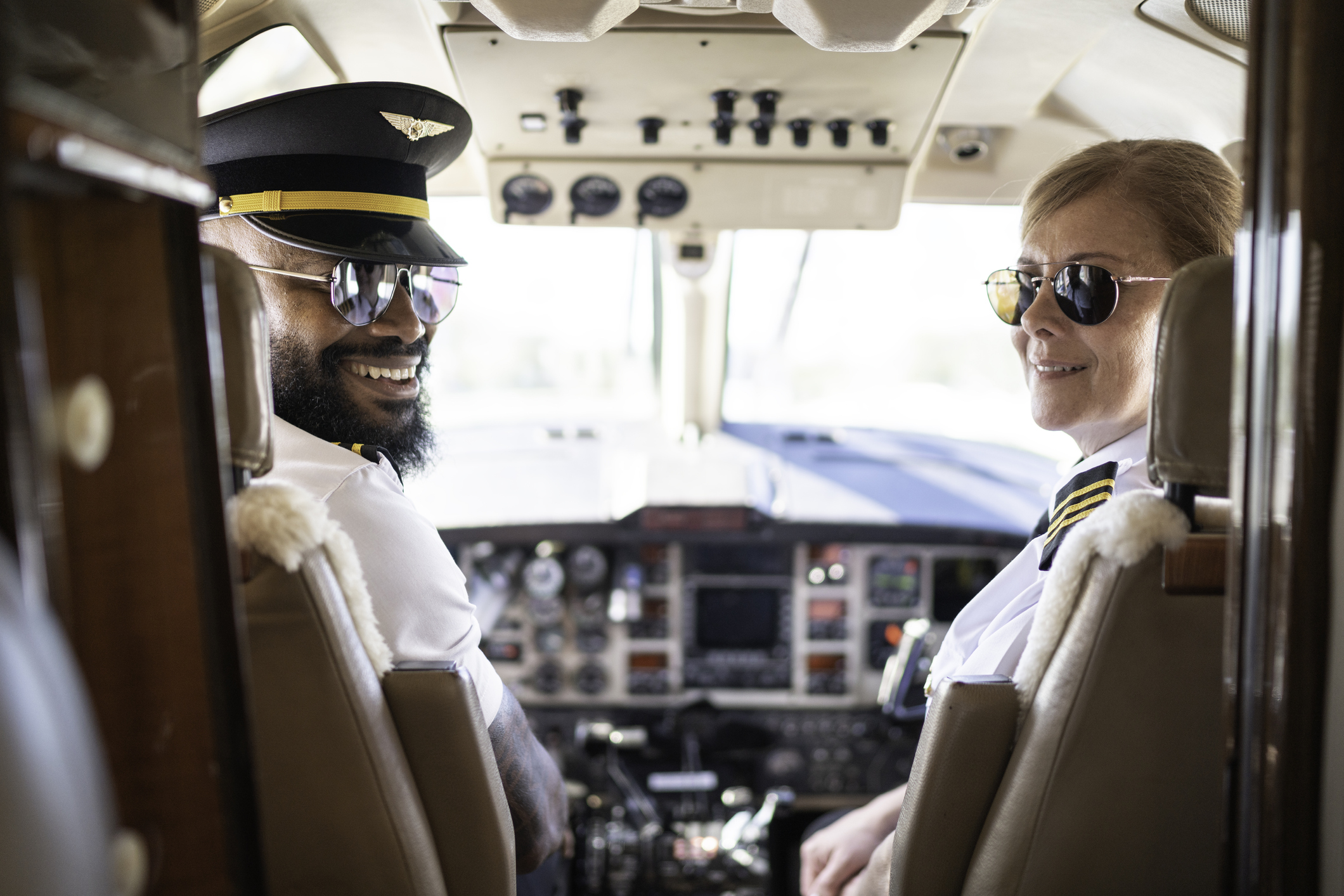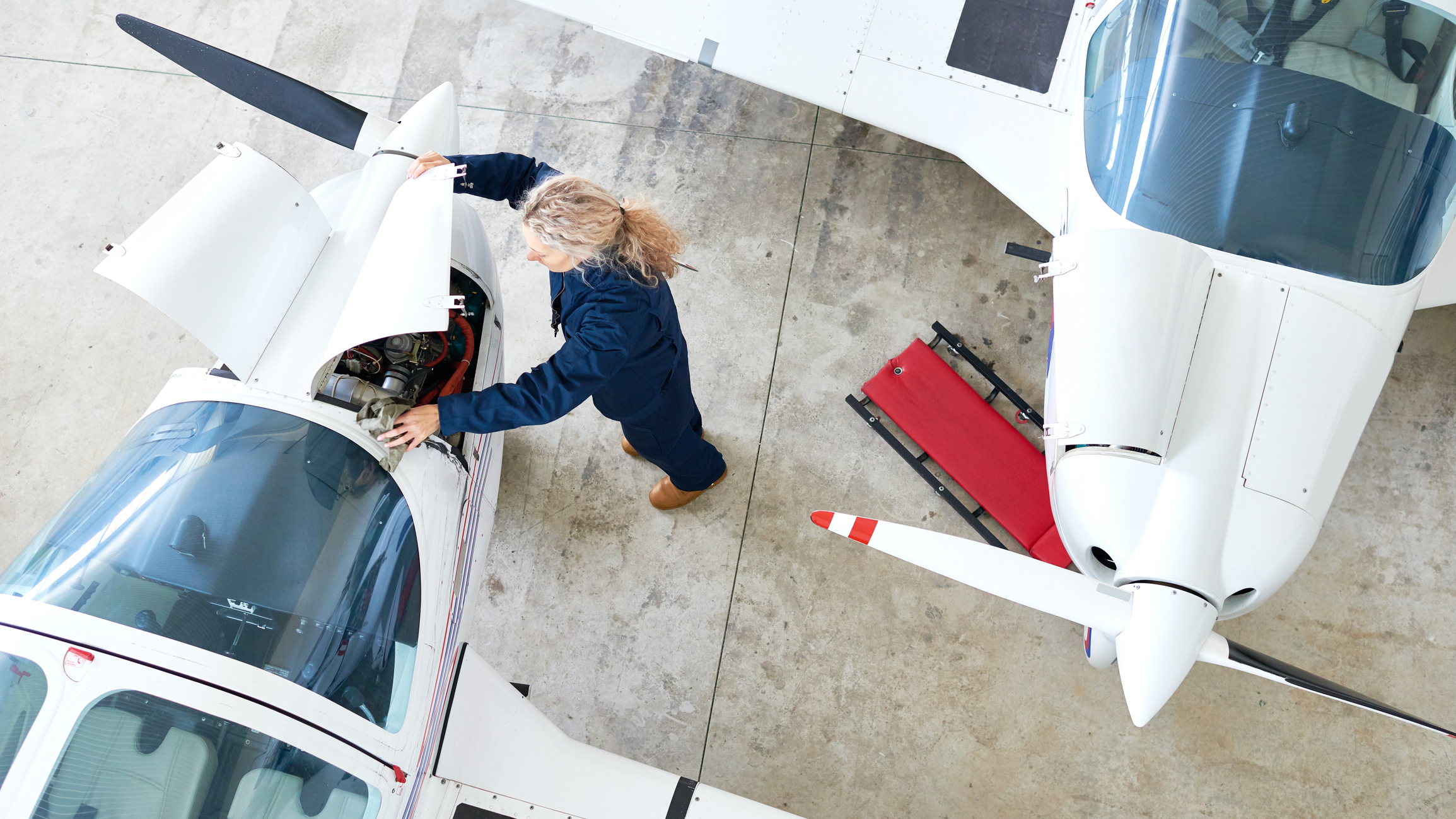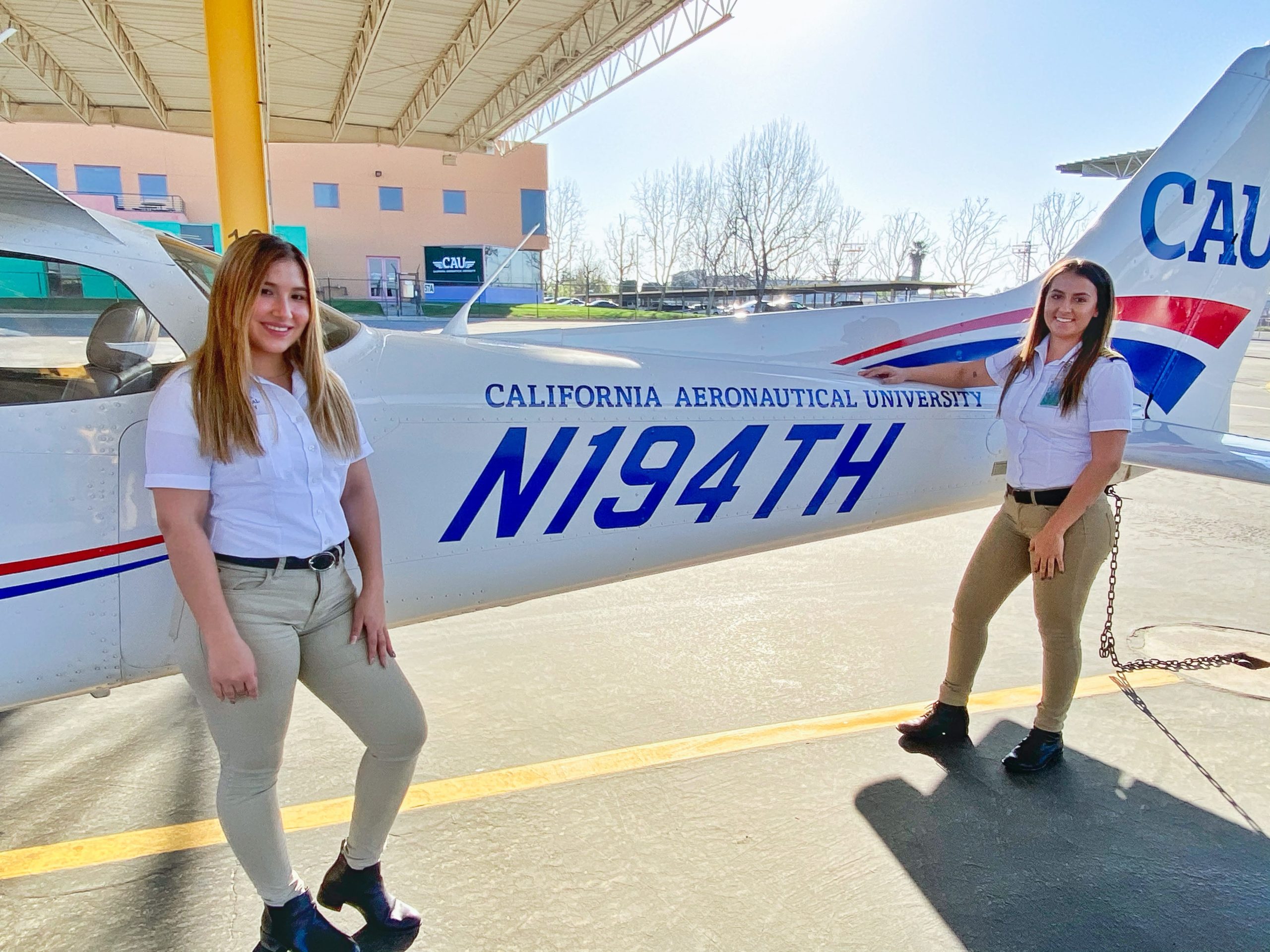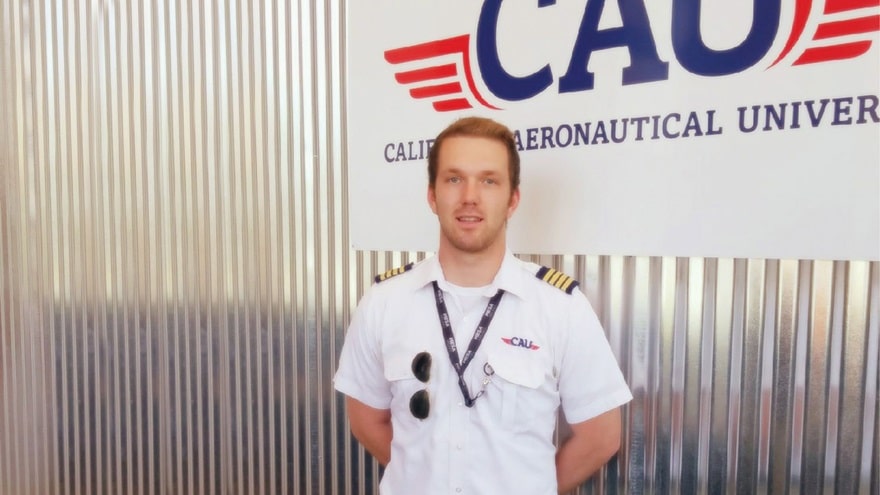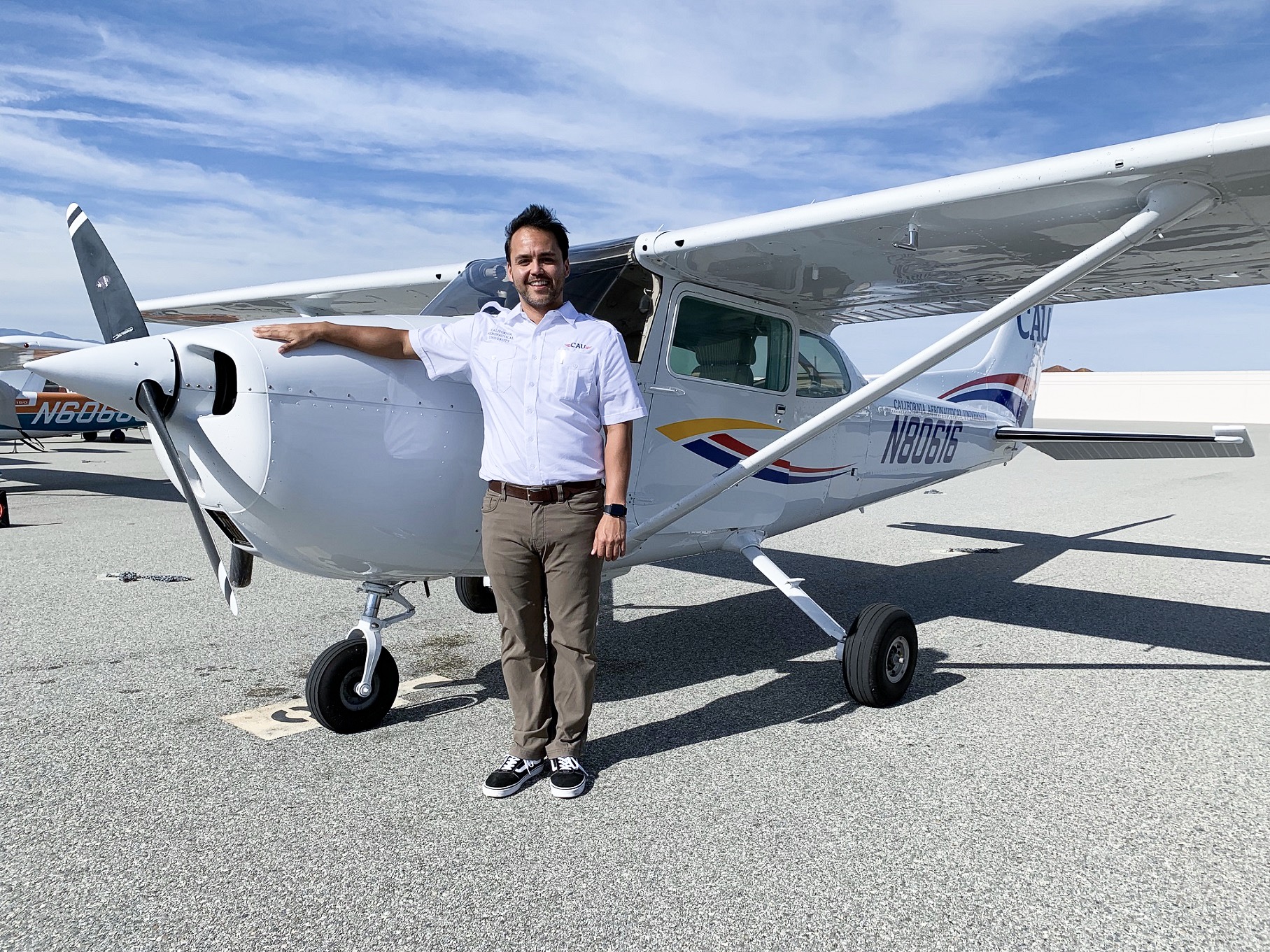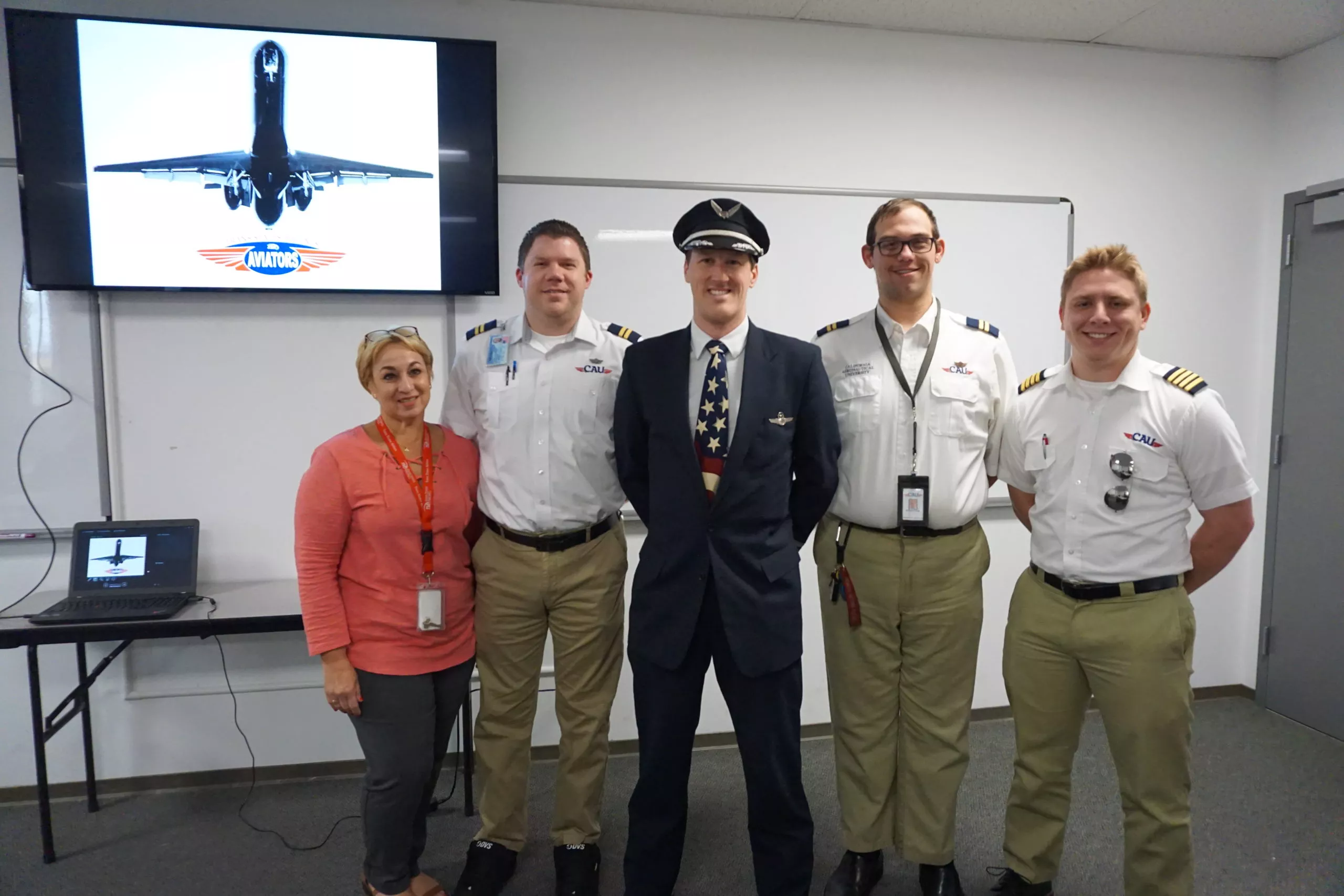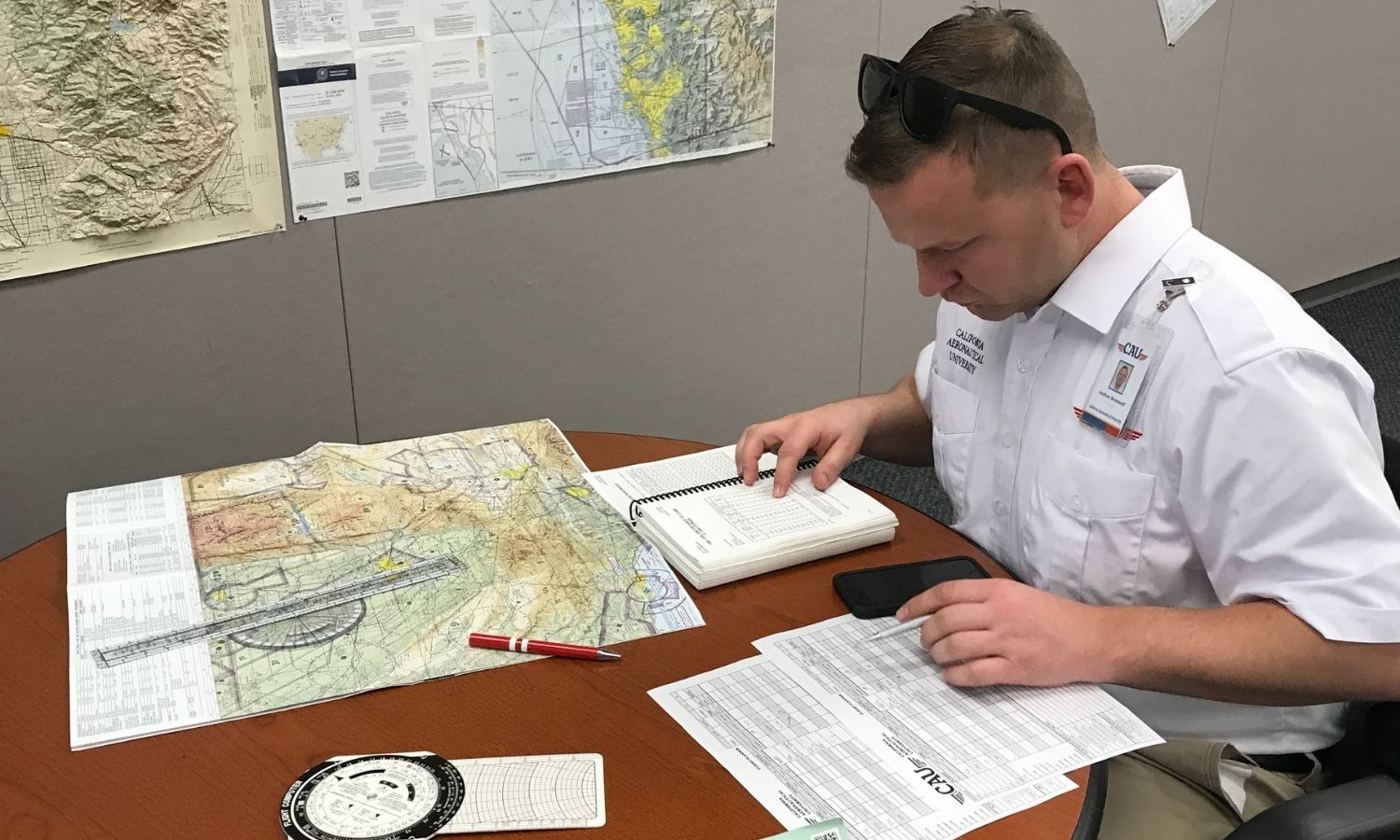A wide variety of professional opportunities are available for those with an aviation degree. Aeronautical school is a great place to begin your education for your aviation profession, including careers as an airline pilot, aircraft mechanic, or air traffic controller. Depending on the degree, other career paths could include science and technology, engineering, teaching, business management, and more. If you plan to pursue a degree in aviation, many educational pathways are available to prepare you for exciting and diverse professions.
The Different Kinds of Aviation Degrees
There are associate’s degrees in aviation, bachelor’s degrees in aeronautics or business administration geared towards the aviation industry, aviation maintenance technology certificates, and more to prepare you for the many careers in aviation.
Associate’s Degrees
An associate’s degree in aviation takes an average of two years to complete. Most associate’s degrees in aviation are associate of science (AS) programs instead of associate of arts (AA) degree programs. The core difference between the two is that an AS in aviation will focus more on STEM (Science, Technology, Engineering, and Mathematics) curriculum, while an AA degree will add more arts and humanities courses to your general instruction.
Earning an associate’s degree in aviation provides a solid broad foundation in the field – regardless of whether it is an Arts or Science degree. Some flight schools include pilot certificates and ratings as part of their associate’s degree program.
Pilot licensure as a requirement means that you may be qualified to work as an airline or commercial pilot when you have completed your degree and required flight hours. Some candidates who apply for these programs or positions already have a bachelor’s degree in aviation. While this isn’t a prerequisite, you could be a preferred candidate in a competitive market if you have a bachelor’s degree over someone who doesn’t.
Bachelor’s Degrees
A bachelor’s degree in aviation/aeronautics can be earned in just over three years, including pilot certificates and ratings (check accelerated programs, school courses may vary). Graduates of certain schools may be offered a flight instructor job or guaranteed an interview for an instructor position. Also, if your degree is from a Part 141 school, you may benefit from a 500 flight-hour reduction when applying for your ATP certificate (R-ATP).
There are also several challenging and rewarding careers for students interested in aviation but who either do not want to be pilots or are not qualified for flight school. For example, a bachelor’s degree in Aviation Business Administration provides students with the educational coursework to begin careers in airport operations or logistics. This administrative degree can also be used in occupational fields such as aviation communication, accounting, sales, and more.
Other bachelor’s degree programs offer more detailed knowledge on specific subjects in aviation, like Airport Management, Aviation Security, Aeronautics, and Aerospace Engineering, to name a few. While the courses will vary widely, depending on the area of aviation you wish to study, topics may include Aviation Safety, Business Ethics, Applied Aerodynamics, Systems Management, Advanced Meteorology, and Aviation Legislation.
AMT, ATC, Etc.
Aviation Maintenance Technology (AMT) programs can range from a diploma and certificate to Master of Science degrees (although at the higher levels, they transition more into engineering, navigational systems, and safety management and logistics). After students in most AMT certificate programs graduate (with or without an associate’s degree), they are eligible to take the FAA exams and work as Airframe and Powerplant (A&P) Mechanics.
The California Aeronautical University AMT program gives each student a personalized toolkit worth $6,000 upon graduation. Air Traffic Controllers (ATC) are responsible for ensuring the efficiency and safety of the national airspace system.Although a degree is not mandatory, requirements to apply for training include either a bachelor’s degree or three years of work experience (three years of a combination of college education/work is also an option).
However, preferential treatment is given to those with ATC experience, Collegiate Training Initiative (CTI) School graduates, and veterans with aviation experience. The required training and list of qualifications just to qualify as an entry-level applicant are long and detailed. Still, the advantages and rewards of being a part of this elite group of specialists make this an enticing career option.
What Else Can You Do With an Aviation Degree?
If you are still wondering what you could do after obtaining a degree in aviation, here are some more options:
Helicopter Pilot
If you know from the start that you only want to fly helicopters, look for an aeronautical school that offers a degree with a rotorcraft emphasis. You may not need a four-year degree to pilot a helicopter, but there is still much to learn. The aerodynamics of fixed-wing aircraft are very different than that of a helicopter.
You must be informed about weights and balances, takeoffs and landings, the differences in navigational systems, how to adhere to strict safety protocols, and accumulate several flight hours for advancement. Potential helicopter pilot careers to consider include:
- Tour and charter operations
- Medical services
- Law enforcement
- Agriculture
- Construction
- Search and rescue
- Or even teaching others and becoming a flight instructor yourself!
Aircraft Manufacturing Engineer
The duties of an aircraft manufacturing engineer include developing, maintaining, and repairing various types of manufacturing systems. They also assemble structural parts, design integrated maintenance programs, and focus on producing cost-effective, quality components. This career requires an engineering concentration in your aviation degree studies.
Flight Dispatcher
A flight dispatcher’s main task is to keep track of the weather unfolding each day and decide how it will affect their company’s flights. The dispatcher and the airplane pilot share responsibility for each flight’s safe arrival and departure. Flight dispatchers are employed by airline carriers and work in the airline’s Operations Control Center.
Some schools, colleges, and universities have a stand-alone aircraft dispatcher certification program; others offer it as part of an associate’s or bachelor’s degree. You will also need to pass an FAA written knowledge test and a practical exam to receive your permanent license. Dispatchers must have a thorough knowledge of weather theory, meteorology, aerodynamics, aircraft performance systems, aviation regulations, and more.
The Bottom Line
Some people think that being an aviator means that you must be a pilot, and there are no other options but to fly a plane. However, opportunities abound! The world of aviation is wide and broad, and the sky is the limit! (Actually, if you go into aeronautical studies, the sky is NOT the limit – it’s just the view!)
Ready to soar in your aviation career?
Mr. Matthew A. Johnston has over 23 years of experience serving various roles in education and is currently serving as the President of California Aeronautical University. He maintains memberships and is a supporting participant with several aviation promoting and advocacy associations including University Aviation Association (UAA), Regional Airline Association (RAA), AOPA, NBAA, and EAA with the Young Eagles program. He is proud of his collaboration with airlines, aviation businesses and individual aviation professionals who are working with him to develop California Aeronautical University as a leader in educating aviation professionals.
